#arata isozaki II international projects
Photo




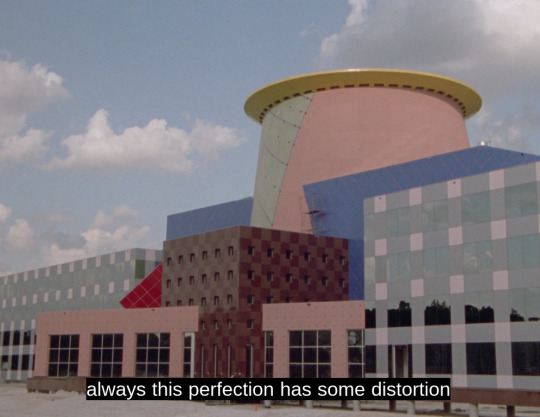

Arata Isozaki II: International Projects (1990)
18 notes
·
View notes
Text
Arata Isozaki: Architecture, Rebirth, and Change
“My first experience of architecture was the void of architecture, and I began to consider how people might rebuild their homes and cities.” -- Arata Isozaki
Architect Arata Isozaki was “born in Ōita, Island of Kyushu, Japan in 1931”(1) into an upper-middle-class family prior to World War II (2). The war would deeply influence young Arata and his approach to architecture. He was only fourteen when Hiroshima and Nagasaki were devastated by atomic bombs. Before then his own hometown of Ōita has been burned to the ground (1). Through these brutal events, Arata learned the transitory nature of architecture and life.
After the war with much of his country in ruins, Isozaki became interested in the “rebuilding of such cities, [and] he went on to study architecture at the University of Tokyo”(2). He graduated from the University of Tokyo in 1954 and went on to earn a Ph.D. from that institution (3). From there he began his professional career, joining the firm of “the influential Japanese modernist [architect] Kenzo Tange” (4). Isozaki and Tange continued to work together on projects after Isozaki left the firm to found his own in 1963 (4). During the late 1950s Isozaki was “influenced by the Metabolist movement, a Brutalist group that combined a concern for modern technology and utilitarianism” (2).

Arata Isozaki, Ōita Medical Hall (1959-1960), Ōita, Ōita Prefecture, Japan. Image source.
Significant Architectural Projects by Arata Isozaki
In 1966 Isozaki’s Metabolist design for the Ōita Prefectural Library brought him international attention (2). “The Kita-Kyūshū City Museum of Art (1974), the Fujimi Country Club House in Ōita (1974), and the Okanoyama Graphic Art Museum (1982–84)” (2) are among his best-known buildings in Japan. It wasn’t until 1986, that Isozaki completed his first commission outside of Japan with the Los Angeles Museum of Contemporary Art (LACMA) (2).

Arata Isozaki, Ōita Prefectural Library (1966), Ōita, Ōita Prefecture, Japan. Image source.
After LACMA, international opportunities came pouring in, including the https://www.barcelonaturisme.com/wv3/en/page/1064/palau-sant-jordi.html Spain. Among his most well-known buildings outside of Japan are the Zendai Himalayas Center (2010) in Shanghai, China, (1) “the Domus: La Casa del Hombre (1995) in A Coruña, Spain; and Qatar National Convention Centre (2011) in Doha” (2). Over the course of Isozaki’s career over one hundred of his projects have been built (1).

Arata Isozaki, Palau San Jordi (1992), Barcelona Spain. Image source.
Urban Planning
In the early 1960s, Arata Isozaki developed “City in the Air (1962 Tokyo, Japan), a futuristic plan for Shinjuku consisting of elevated layers of buildings, residences, and transportation suspended above the aging city below” (1). More recently, he has worked on plans for urban projects in China and the Middle East (1).
Resisting a “Signature Style”
Much of Isozaki’s work in his native country involved rebuilding the cities and structures that had been obliterated during World War II. The architect was well aware that in order to be successful at this monumental task he must always be flexible. He said, “In order to find the most appropriate way to solve these problems, I could not dwell upon a single style. Change became constant. Paradoxically, this came to be my own style” (1).
Arata Isozaki’s belief is that “architectural solutions [should be] specific to the political, social, and cultural contexts of the client and the site in question” (4).
Isozaki, one of the first Japanese architects to receive international recognition, capitalized on his fame and used it to “facilitate a dialogue between East and West” (1). He served as a visiting professor at the prestigious American universities: Columbia University, Harvard and Yale (1,2).

Arata Isozaki, Zendai Himalayas Art Center (2012), Shaghai, China. Image source.
Arata Isozaki‘s Designs for Stage, Film, and Exhibitions
In addition to architecture, Isozaki completed projects for the stage, screen, and exhibitions. The first of these was his 1964 design for the Taro Okamoto Exhibition at the Seibu Department Store. He served as art director on the film “The Other Man’s Face” (1965). He designed sets for the operas “Madame Butterfly” (1990) and “The Story of King Lear” (1999), as well as a Kabuki version of “Hamlet” for the Japan Festival in London in 1991 (5).
Awards and Legacy for Arata Isozaki
Along with his architecture, design work, and teaching Arata Isozaki published several books on architecture. He was awarded for his work with the Annual Prize from the Architectural Institute of Japan in 1967 (1), and the Venice Architectural Biennale’s Golden Lion in 1996. Last year he won the Pritzker Architecture Prize, which makes him “the eighth Japanese architect to receive the honor” (3).
Today at the age of 88, Arata Isozaki remains professionally active. In 2015, projects for the Allianz Tower in Milan, Italy and the Harbin Concert Hall in Harbin, China were completed (6). The contrasting style of these two projects proves that even Isozaki’s later work is determined by the location and purpose of the structure and cannot be identified by a single signature style.
References
Hyatt Foundation, (2020). Arata Isozaki Biography, The Pritzker Architecture Prize website, https://www.pritzkerprize.com/laureates/arata-isozaki
Encyclopedia Brittanica, (n.d.). Arata Isozaki: Japanese Architect, https://www.britannica.com/biography/Isozaki-Arata
Allen, K., (05 March 2019). Arata Isozaki Named 2019 Pritzker Prize Laureate, ArchDaily, https://www.archdaily.com/912450/arata-isozaki-named-2019-pritzker-prize-laureate
Goodwin, D., (23 July 2019). Spotlight: Arata Isozaki, ArchDaily, https://www.archdaily.com/529896/spotlight-arata-isozaki
Arata Isozaki and Associates, (n.d.). Exhibition and Stage Design, Arata Isozaki and Associates website http://www.isozaki.co.jp/
Wikipedia, (9 March 2020). Arata Isozaki, Wikipedia.com, https://en.wikipedia.org/wiki/Arata_Isozaki
0 notes
Photo

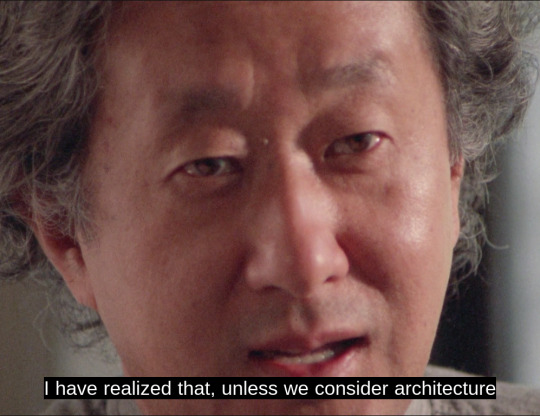
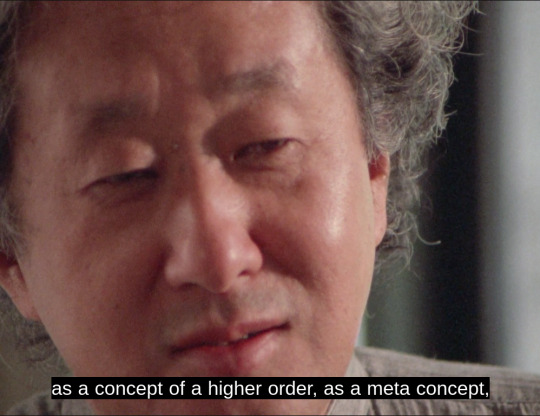
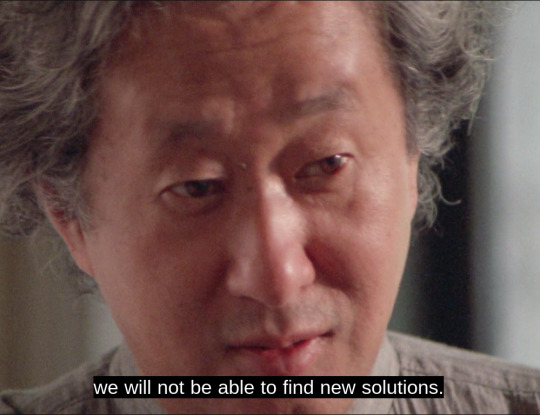
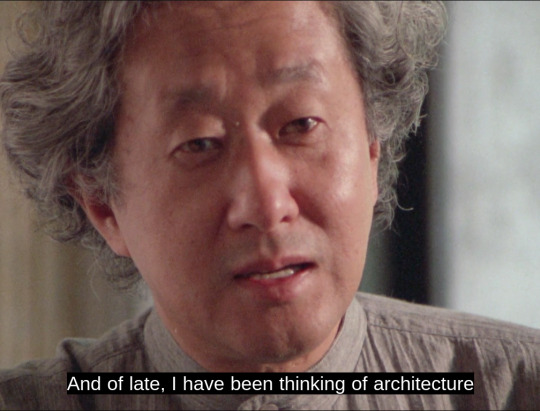
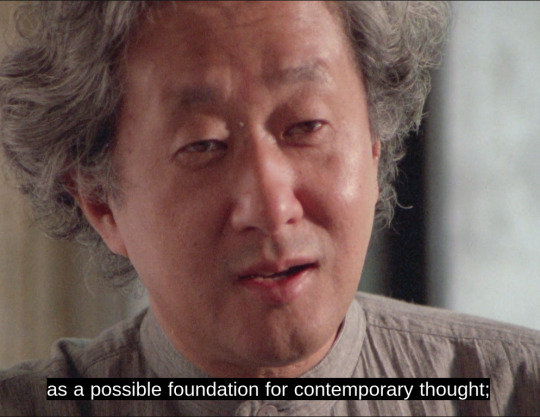
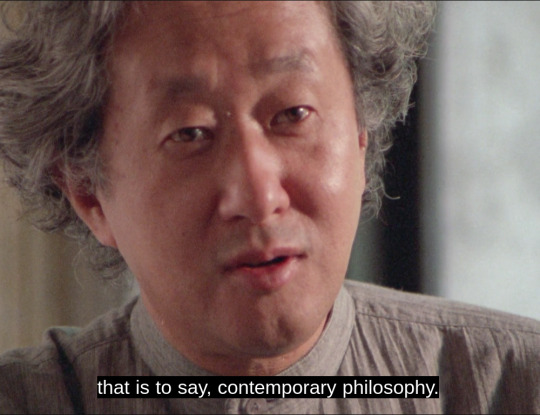
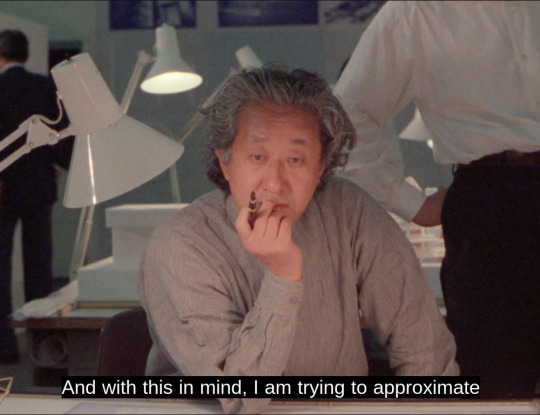

Arata Isozaki II: International Projects (1990)
7 notes
·
View notes
Photo










Arata Isozaki II: International Projects (1990)
6 notes
·
View notes
Text







Arata Isozaki II: International Projects (1990)
6 notes
·
View notes
Photo










Arata Isozaki II: International Projects (1990)
5 notes
·
View notes
Photo










Arata Isozaki II: International Projects (1990)
3 notes
·
View notes
Text










Arata Isozaki II: International Projects (1990)
1 note
·
View note